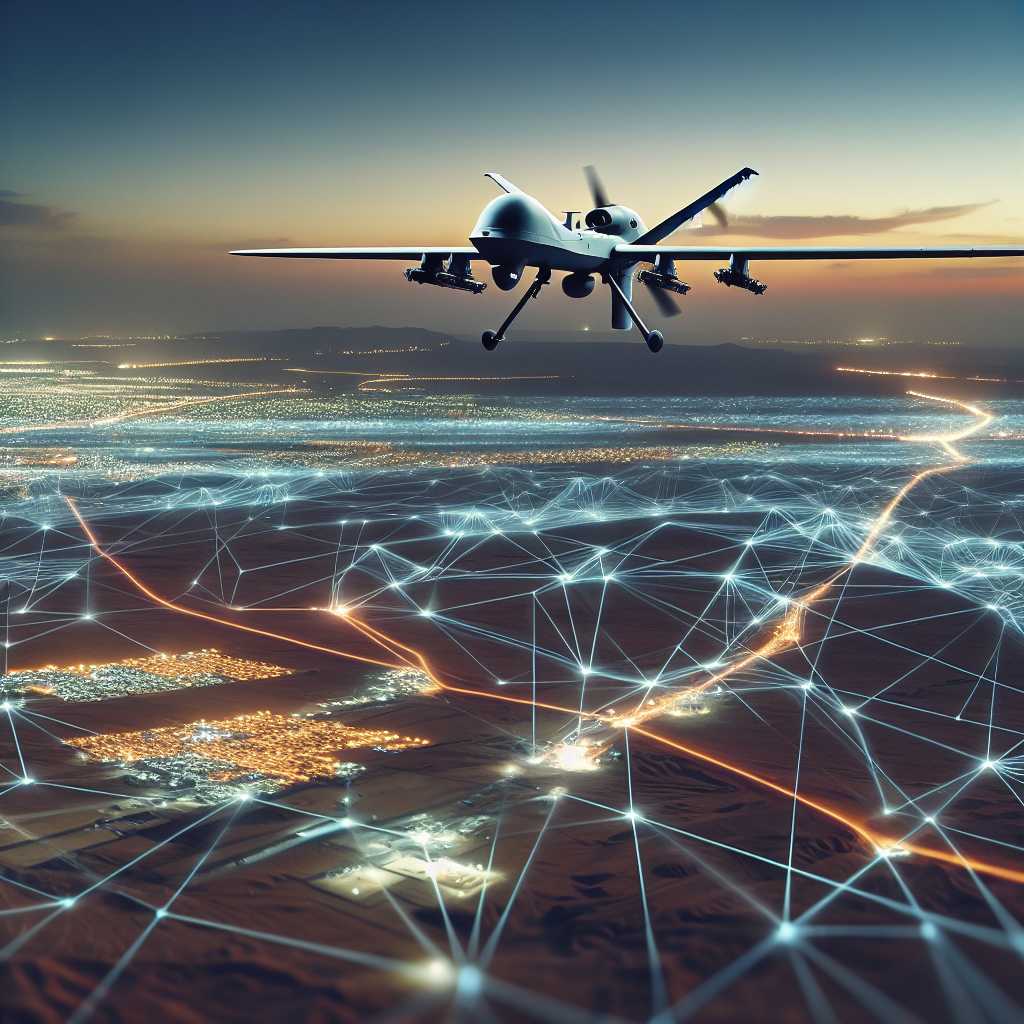Example Article
Historical Context and Evolving Threat Perceptions
The fraught relationship between Israel and Iran has been shaped by decades of ideological opposition, geopolitical rivalry, and regional security concerns. Since the 1979 Iranian Revolution, Iran has positioned itself as a staunch adversary of Israel, refusing to recognise its legitimacy and supporting proxy groups hostile to Israeli interests. Over the years, Israel’s threat perception has evolved from conventional military concerns to the more complex challenge posed by Iran’s nuclear ambitions and its expanding influence across the Middle East.
Iran’s nuclear programme, coupled with its ballistic missile development and support for entities like Hezbollah and Hamas, has intensified Israeli fears of an existential threat. This has compelled Israel to adopt a multi-faceted approach that blends covert operations, cyber warfare, diplomatic manoeuvres, and targeted strikes to curtail Iran’s capabilities without escalating into full-scale war.
Understanding this historical backdrop is essential for appreciating why Israel’s attacks on Iranian assets—whether in Syria, Iraq, or within Iran itself—are not merely isolated military actions but part of a broader strategic calculus aimed at deterrence and disruption.
The Role of Intelligence and Covert Operations
Israeli intelligence agencies, particularly Mossad and Aman (military intelligence), play a pivotal role in shaping operational decisions against Iranian targets. Their efforts have included gathering actionable intelligence on Iran’s nuclear facilities, supply chains for weaponry, and leadership movements. These capabilities enable precise strikes designed to minimise collateral damage while maximising impact on Iran’s military infrastructure.
Covert operations have reportedly included sabotage missions such as the Stuxnet cyberattack on Iran’s Natanz uranium enrichment facility and targeted assassinations of Iranian nuclear scientists. These actions demonstrate a preference for clandestine measures that can delay or degrade Iranian programmes without overt military confrontation.
The reliance on intelligence-driven operations underscores Israel’s strategic emphasis on unpredictability and deniability. By conducting attacks below the threshold of war, Israel aims to maintain pressure on Iran while avoiding direct retaliation that could spiral into wider conflict.
Geopolitical Implications for Regional Stability
Israel’s attacks on Iranian assets reverberate across the Middle East, influencing alliances and regional power balances. These strikes often take place in theatres such as Syria and Iraq, where Iranian-backed militias operate alongside state actors. Israeli actions complicate these states’ internal dynamics and can exacerbate tensions among regional players.
Moreover, these military operations intersect with broader US-Israel cooperation aimed at containing Iranian influence. However, they also risk provoking responses from other regional actors aligned with Iran, including Hezbollah in Lebanon or militias in Gaza. This precarious environment demands careful calibration to avoid escalation.
Internationally, Israel’s posture prompts debate over sovereignty violations and the legality of cross-border operations. While Israel justifies its actions as self-defence against imminent threats, critics warn that persistent strikes risk destabilising an already volatile region.
Technological Innovations Shaping Modern Conflict Dynamics
Technological advancements have transformed the nature of Israel’s attacks on Iranian targets. Precision-guided munitions, drones, cyber warfare tools, and electronic warfare capabilities enable highly targeted operations with reduced collateral damage. For instance, unmanned aerial vehicles (UAVs) have become instrumental in reconnaissance missions and executing surgical strikes deep within hostile territory.
Cyber operations represent a frontier where Israel has demonstrated considerable prowess. Attacks on critical infrastructure can disrupt Iran’s nuclear programme without traditional kinetic force. These digital campaigns also serve psychological purposes—undermining confidence in Tehran’s security apparatus.
The integration of technology into military strategy reflects a shift towards asymmetric conflict methods that leverage innovation over sheer force. This approach aligns with Israel’s strategic imperatives given its geographic size and the complexity of confronting a multifaceted adversary like Iran.
Conclusion: Navigating a Complex Security Landscape
Israel’s attacks on Iranian assets are emblematic of a sophisticated strategy that transcends conventional warfare. Rooted in historical enmity and evolving threat perceptions, these actions are carefully calibrated through intelligence gathering, technological innovation, and geopolitical considerations.
While aimed at deterring Iran’s nuclear ambitions and regional influence, these strikes carry inherent risks of escalation and wider instability. The interplay between covert operations and open military tactics highlights Israel’s intent to maintain strategic advantage without triggering full-scale conflict.
Ultimately, the dynamic between Israel and Iran remains one of the most critical security challenges in the Middle East. Understanding the nuanced underpinnings of Israel’s approach provides valuable insight into how modern conflicts are managed in an era defined by technological sophistication and complex regional rivalries.
Notes
- Israel has reportedly conducted over 200 airstrikes against Iranian targets in Syria since 2017.
- The Stuxnet cyberattack is considered one of the first known uses of offensive cyber warfare to disrupt a nuclear programme.
- Iranian proxy groups receive significant funding estimated at over $700 million annually from Tehran.
- Drones now account for an increasing share of Israeli tactical operations in contested regions.

